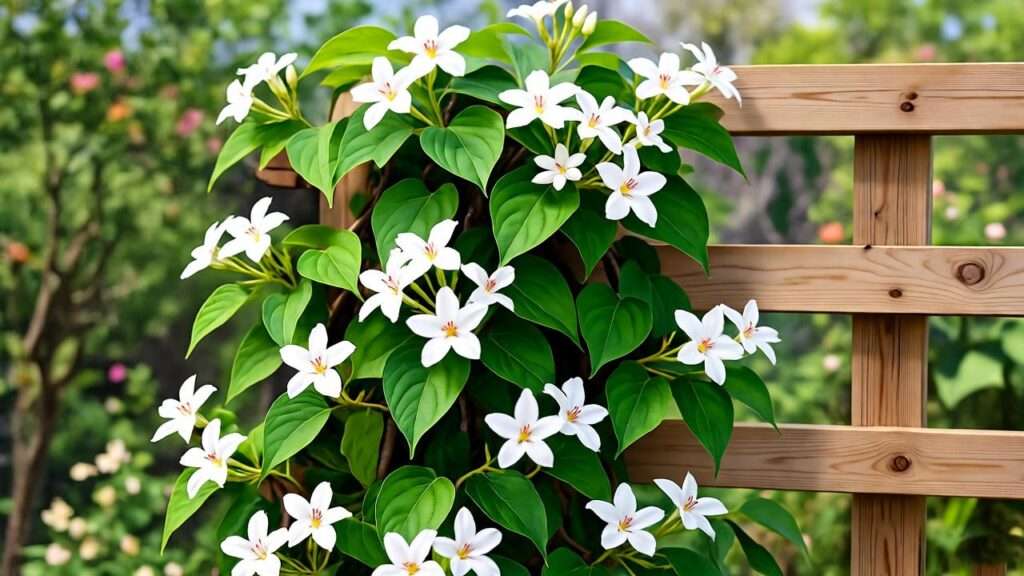Imagine transforming your garden into a vibrant haven of exotic flavors and lush greenery with the loroco plant, a culinary treasure cherished in Central American cuisine! This perennial climbing vine, known for its fragrant white flowers and tangy, nutty buds, is a must-have for foodies and gardeners alike. Whether you’re dreaming of homemade pupusas or a stunning ornamental vine, growing the loroco plant is easier than you think with the right guidance. In this comprehensive guide, we’ll walk you through every step—from planting to harvesting—drawing on years of tropical plant cultivation experience and insights from Central American growers. Get ready to cultivate a thriving loroco vine and elevate your garden and kitchen! 🌸
What Is the Loroco Plant? 🌼
Overview of the Loroco Plant
The loroco plant, scientifically known as Fernaldia pandurata, is a perennial climbing vine native to Central America, particularly El Salvador, Guatemala, and Honduras. Its heart-shaped leaves and delicate, fragrant white flowers make it a standout in any garden, while its edible flower buds are a culinary staple in dishes like pupusas, soups, and stews. The plant’s versatility as both an ornamental and edible vine has sparked growing interest among home gardeners worldwide.
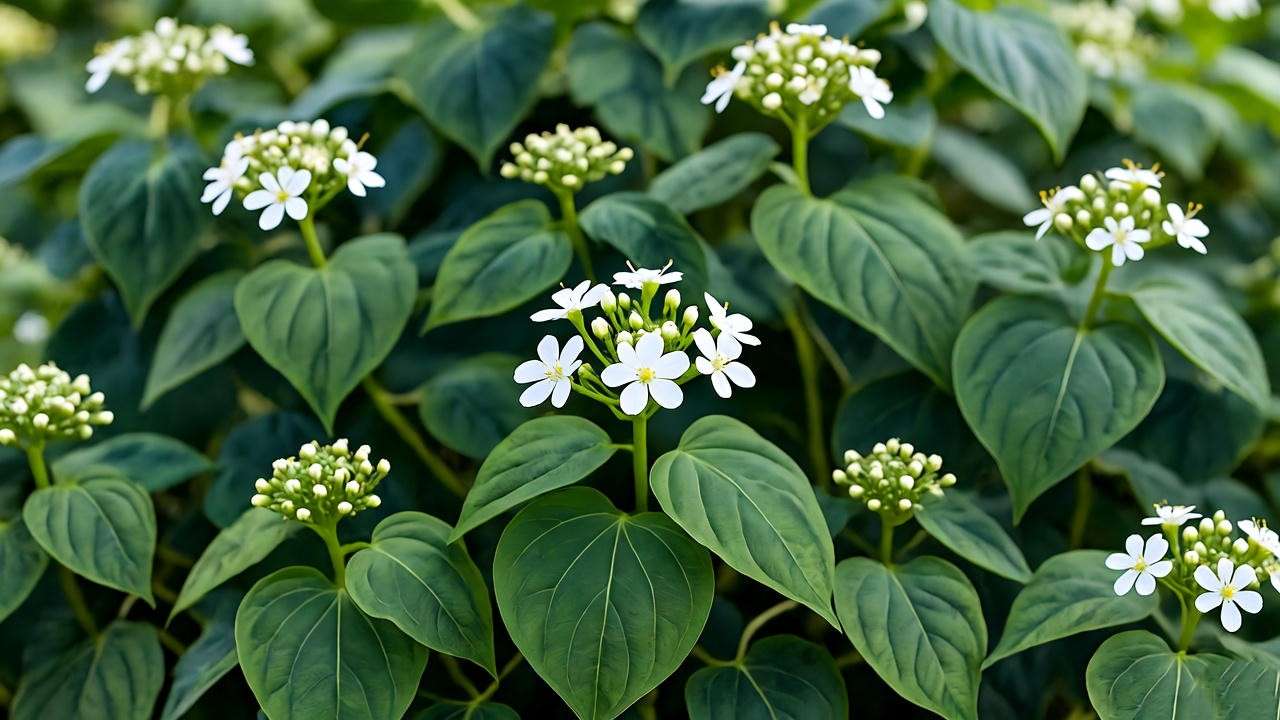
Why Grow Loroco?
Why should you add the loroco plant to your garden? For starters, its flower buds offer a unique flavor—slightly nutty, floral, and tangy—that elevates dishes with an authentic Central American flair. Loroco is also packed with vitamins, antioxidants, and fiber, making it a nutritious addition to your diet. Beyond its culinary appeal, the vine’s lush foliage and blooms add aesthetic charm to trellises, arbors, or fences. Whether you’re a seasoned gardener or a curious beginner, loroco is a rewarding plant to grow for both flavor and beauty.
Ideal Growing Conditions for Loroco 🌞
Climate and Hardiness Zones
The loroco plant thrives in warm, humid climates, making it ideal for USDA hardiness zones 9–11. It prefers temperatures between 70–85°F (21–29°C), though it can tolerate brief dips to 50°F (10°C). In cooler regions, loroco can be grown in containers and brought indoors during frost. To protect outdoor plants from cold snaps, use frost blankets or mulch to insulate the roots.
Soil Requirements
Loroco flourishes in well-draining, loamy soil with a pH of 6.0–7.0. Enriching the soil with organic matter, such as compost or aged manure, promotes healthy growth. For container gardening, use a high-quality potting mix with perlite or sand to improve drainage. Test your soil’s pH before planting and amend it with lime (to raise pH) or sulfur (to lower pH) if needed. Proper soil preparation is key to preventing root rot and ensuring a vigorous vine.
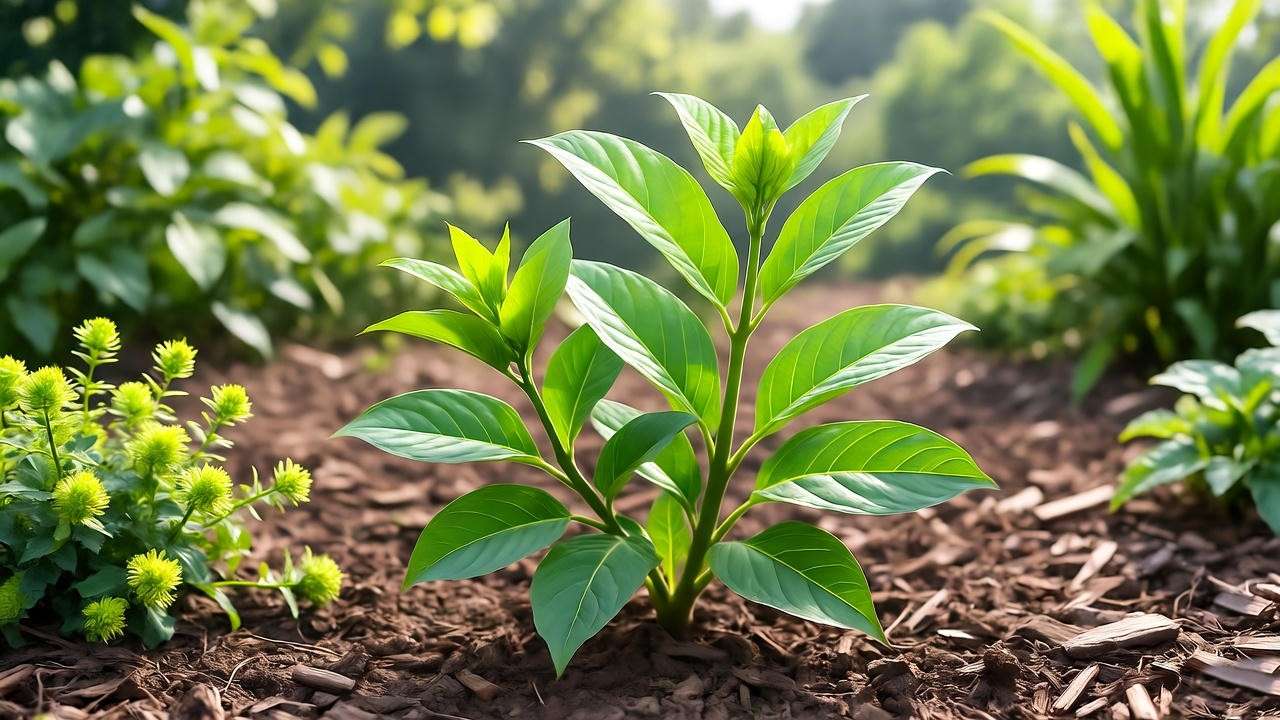
Light and Water Needs
This tropical vine loves sunlight, requiring 6–8 hours of direct sun daily, though it tolerates partial shade in hotter climates. Water consistently to keep the soil moist but not waterlogged—about 1–2 inches per week, depending on rainfall. Mulching with straw or wood chips helps retain moisture and regulate soil temperature. For container-grown loroco, ensure pots have drainage holes to prevent soggy roots.
How to Plant Loroco 🌱
Propagation Methods
From Seeds
Growing loroco from seeds is a cost-effective option, though it requires patience. Source high-quality seeds from reputable suppliers specializing in tropical plants. Soak seeds in warm water for 24 hours to boost germination rates, then plant them ½ inch deep in seed-starting mix. Keep the soil warm (75–80°F) and moist, and expect sprouts in 2–4 weeks. Space seedlings 3–5 feet apart to allow for their climbing habit.
From Cuttings
Propagating loroco from stem cuttings is faster and often more reliable. Select healthy, non-flowering stems (6–8 inches long) from a mature plant. Remove the lower leaves, dip the cut end in rooting hormone, and plant in a mix of peat and perlite. Keep cuttings in a warm, humid environment with indirect light. Roots typically develop in 3–6 weeks, after which you can transplant them to pots or garden beds.
Planting in Containers vs. In-Ground
For container gardening, choose a pot at least 5 gallons in size with excellent drainage. Fill with a mix of potting soil, compost, and perlite, and provide a trellis or stake for the vine to climb. In-ground planting requires a well-prepared garden bed with loose, fertile soil. Install a sturdy trellis or arbor at planting time, as loroco vines can grow 10–15 feet long. Space plants 3–5 feet apart to ensure good air circulation and prevent overcrowding.
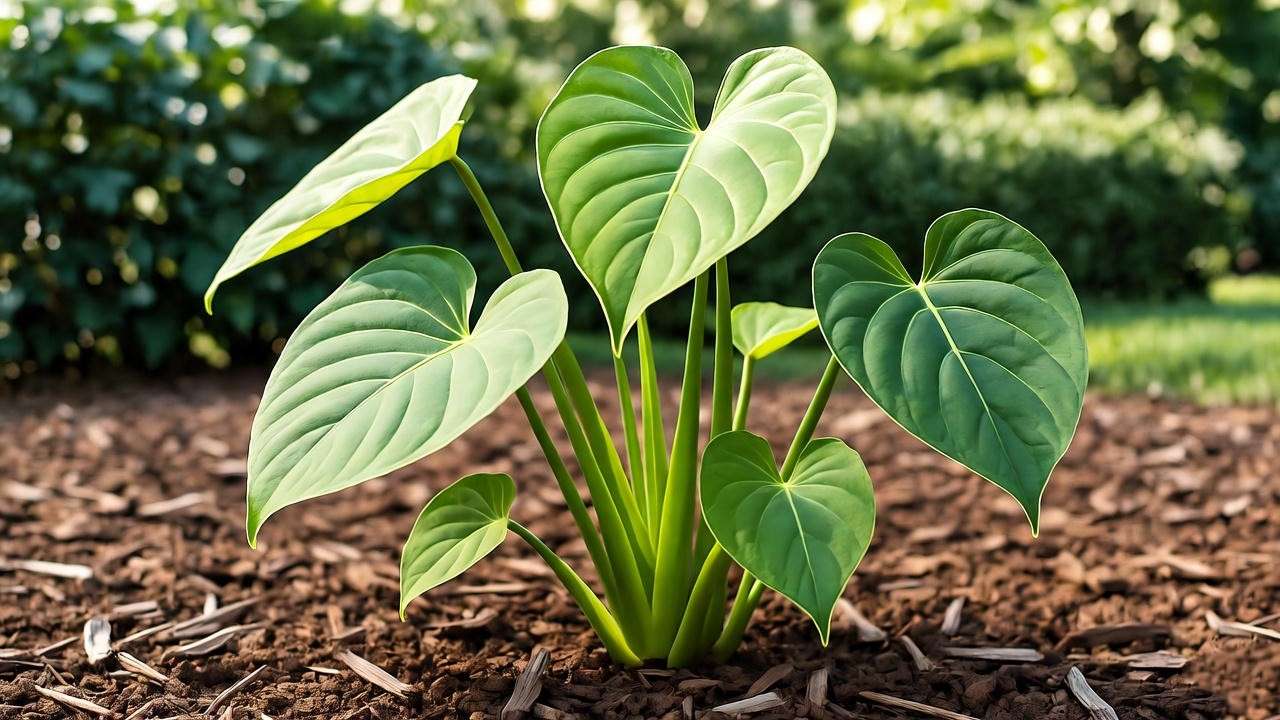
Caring for Your Loroco Plant 🌿
Watering and Fertilizing
Loroco plants need consistent moisture, especially during the growing season (spring–summer). Water 1–2 times per week, ensuring the top inch of soil stays moist but not soggy. In hot, dry climates, increase watering frequency. Fertilize monthly with a balanced NPK fertilizer (10-10-10) or organic alternatives like fish emulsion or compost tea. Reduce feeding in fall and winter when growth slows. Over-fertilizing can lead to excessive foliage at the expense of flowers, so follow package instructions carefully.
Pruning and Training
Regular pruning keeps loroco vines healthy and manageable. In early spring, before new growth begins, remove dead, damaged, or overcrowded stems to encourage airflow and new shoots. Train the vine onto a trellis, arbor, or fence by gently tying stems with soft plant ties. This not only supports the plant’s climbing habit but also enhances its ornamental appeal. Avoid heavy pruning during the blooming season to preserve flower production.
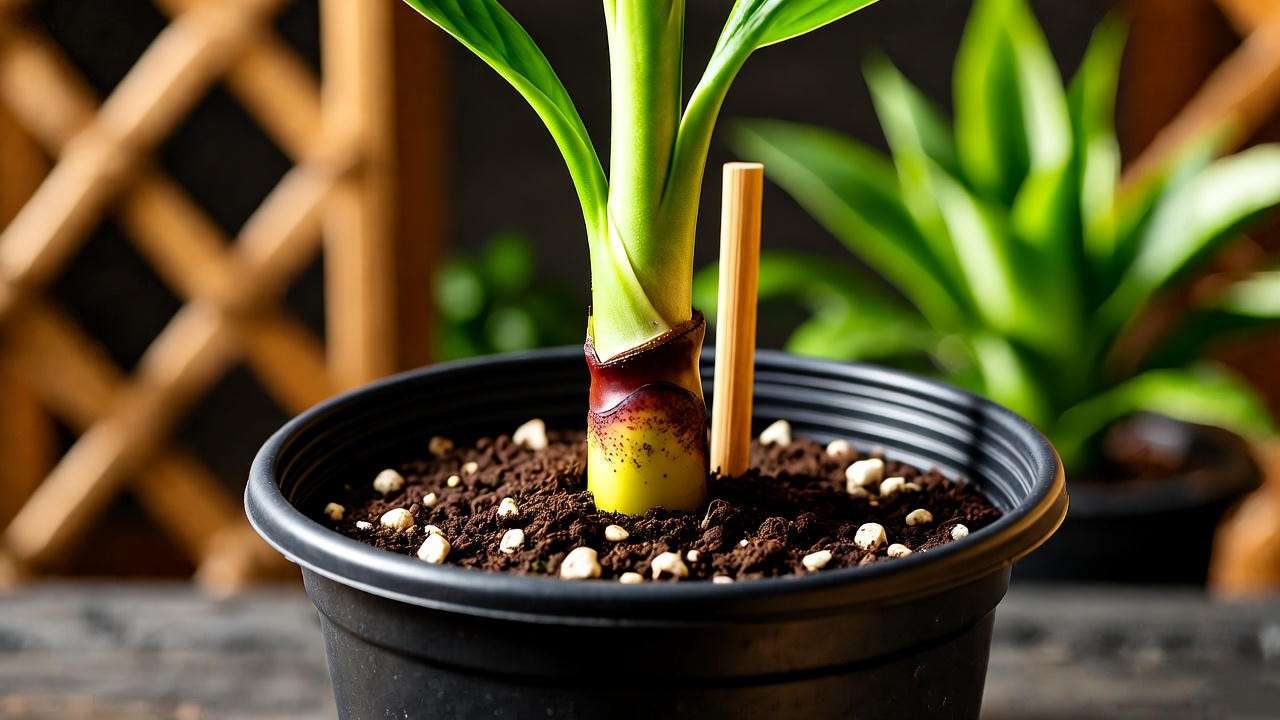
Pest and Disease Management
Loroco is relatively pest-resistant but can attract aphids, spider mites, and whiteflies. Combat these with organic solutions like neem oil or insecticidal soap, applied early in the morning. Companion planting with marigolds or basil can deter pests naturally. Common diseases include root rot (caused by overwatering) and powdery mildew (from poor air circulation). Prevent these by ensuring proper drainage, spacing plants adequately, and avoiding overhead watering. Inspect plants regularly for early signs of trouble.
Harvesting Loroco Flowers and Buds 🌼
When to Harvest
Loroco’s edible flower buds and young flowers are harvested when they’re tender, typically before they fully open. The peak blooming season is summer to early fall, with buds ready for picking every 7–10 days. Harvest in the morning when buds are freshest. Regular harvesting encourages the plant to produce more flowers, ensuring a steady supply for culinary use.
How to Harvest
Use clean, sharp scissors to snip buds and flowers, leaving a small portion of stem attached. Avoid tearing or damaging the vine, as this can stress the plant. Store fresh loroco in a perforated plastic bag in the refrigerator for up to a week. For longer storage, blanch and freeze buds or dry them for use in soups and stews. Sustainable harvesting practices, like taking only 20–30% of buds at a time, ensure the vine remains productive.
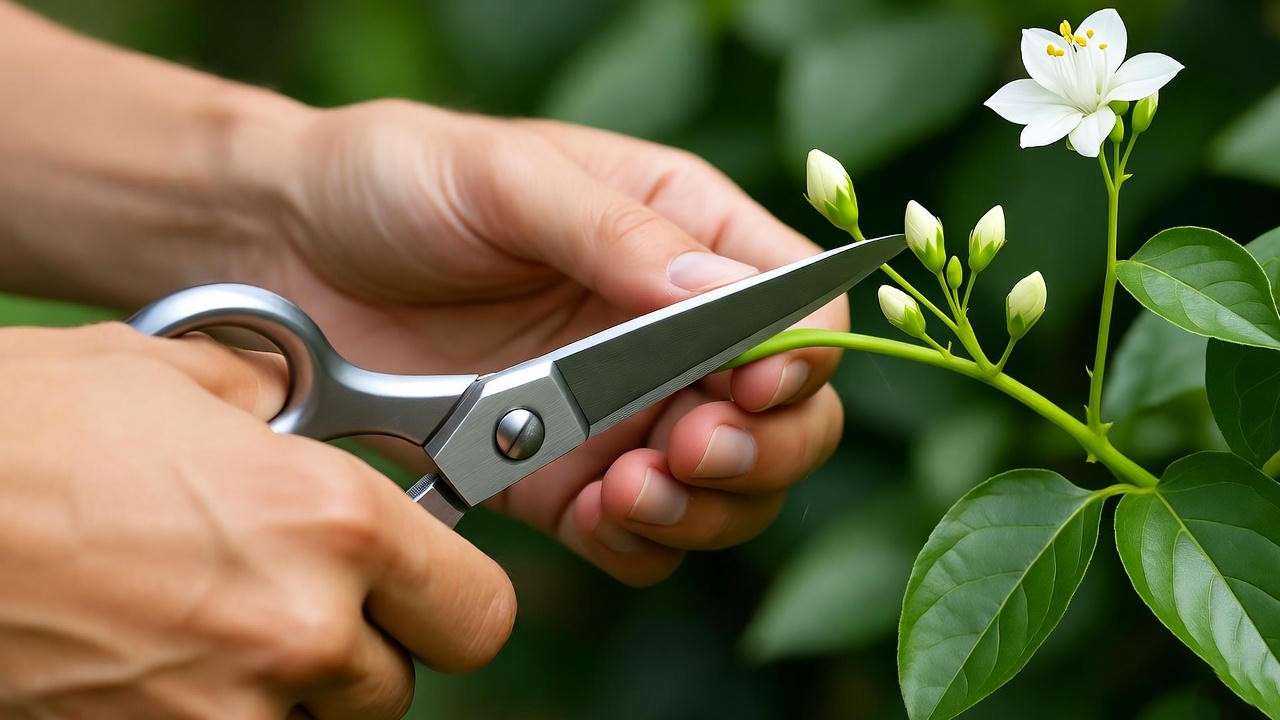
Culinary Uses of Loroco 🍽️
Traditional Central American Recipes
Loroco shines in Central American cuisine, particularly in El Salvadoran pupusas—corn tortillas stuffed with cheese and loroco buds. To make them, mix 2 cups of masa harina with 1.5 cups of water to form a dough, then fill with a blend of mozzarella and chopped loroco buds. Cook on a hot griddle for 2–3 minutes per side. Loroco also enhances soups, stews, and rice dishes, adding a floral, tangy note that pairs beautifully with corn, beans, and mild spices.
Tips for Cooking with Loroco
When cooking with loroco, use fresh buds for maximum flavor or dried buds for a more concentrated taste. Pair loroco with creamy cheeses, eggs, or vegetables like zucchini. For a quick recipe, try loroco and cheese quesadillas: sauté chopped loroco with onions, layer with shredded cheese in a tortilla, and cook until golden. To preserve loroco, pickle buds in vinegar with garlic and spices, or dry them in a dehydrator for year-round use.
Common Mistakes to Avoid 🚫
Growing loroco is straightforward, but beginners often make preventable mistakes:
- Overwatering: Excess water causes root rot. Always check soil moisture before watering.
- Insufficient Support: Without a trellis, vines become tangled and prone to disease. Install support at planting time.
- Poor Soil Preparation: Skipping soil tests can lead to nutrient deficiencies. Test and amend soil for optimal pH and fertility.
- Harvesting Too Late: Picking fully opened flowers reduces flavor. Harvest buds when they’re young and tender.
Expert Tips for Success 🌟
- Companion Planting: Grow loroco alongside marigolds or basil to repel pests naturally.
- Seasonal Care: In winter, reduce watering and skip fertilizing to let the plant rest.
- Boosting Blooms: Apply a phosphorus-rich fertilizer (e.g., 5-10-10) during spring to encourage flowering.
- Cultural Insights: Central American growers often train loroco on natural supports like tree branches, a technique that works well in home gardens.
FAQs About Growing Loroco ❓
How long does it take for loroco to produce flowers?
Loroco typically flowers 6–12 months after planting, depending on propagation method and growing conditions. Cuttings bloom faster than seeds.
Can loroco be grown indoors?
Yes, with grow lights providing 12–14 hours of light daily and a warm environment (70–80°F). Use a large pot and trellis.
Is loroco invasive?
Loroco is not invasive but grows vigorously. Trellising and pruning keep it in check.
What can I substitute for loroco in recipes?
Green beans or asparagus mimic loroco’s texture, but its floral flavor is unique.
Conclusion 🌿
The loroco plant is a delightful addition to any garden, offering both culinary versatility and ornamental beauty. By following this guide, you’ll master the art of growing, caring for, and harvesting loroco, unlocking its potential in your kitchen and landscape. Ready to start your loroco journey? Share your experiences in the comments, try a loroco recipe, or explore our other guides on edible vines and tropical plant care. Happy gardening! 🌱

